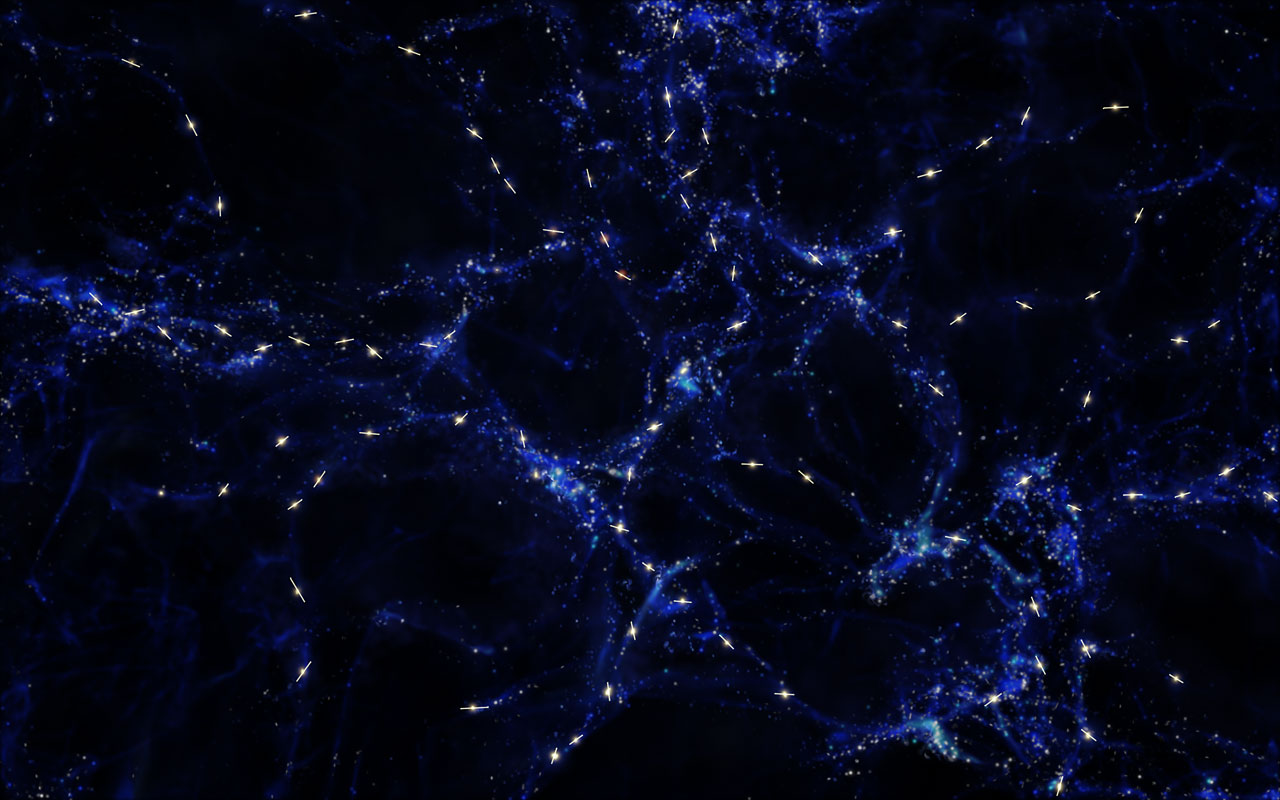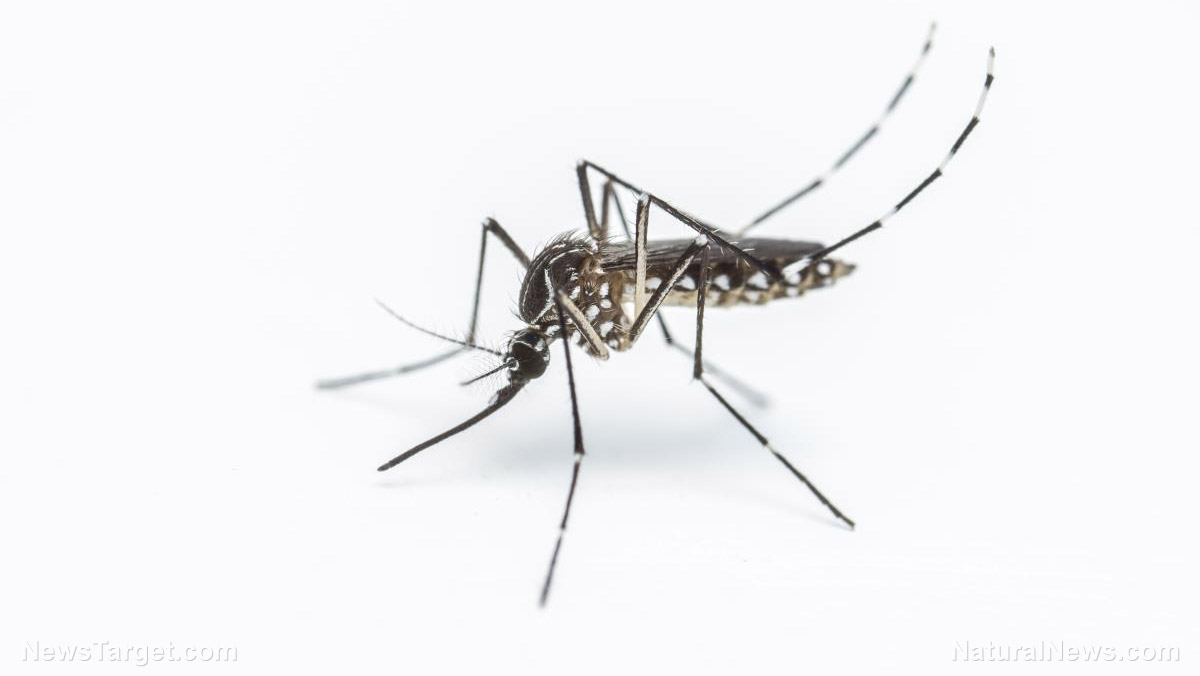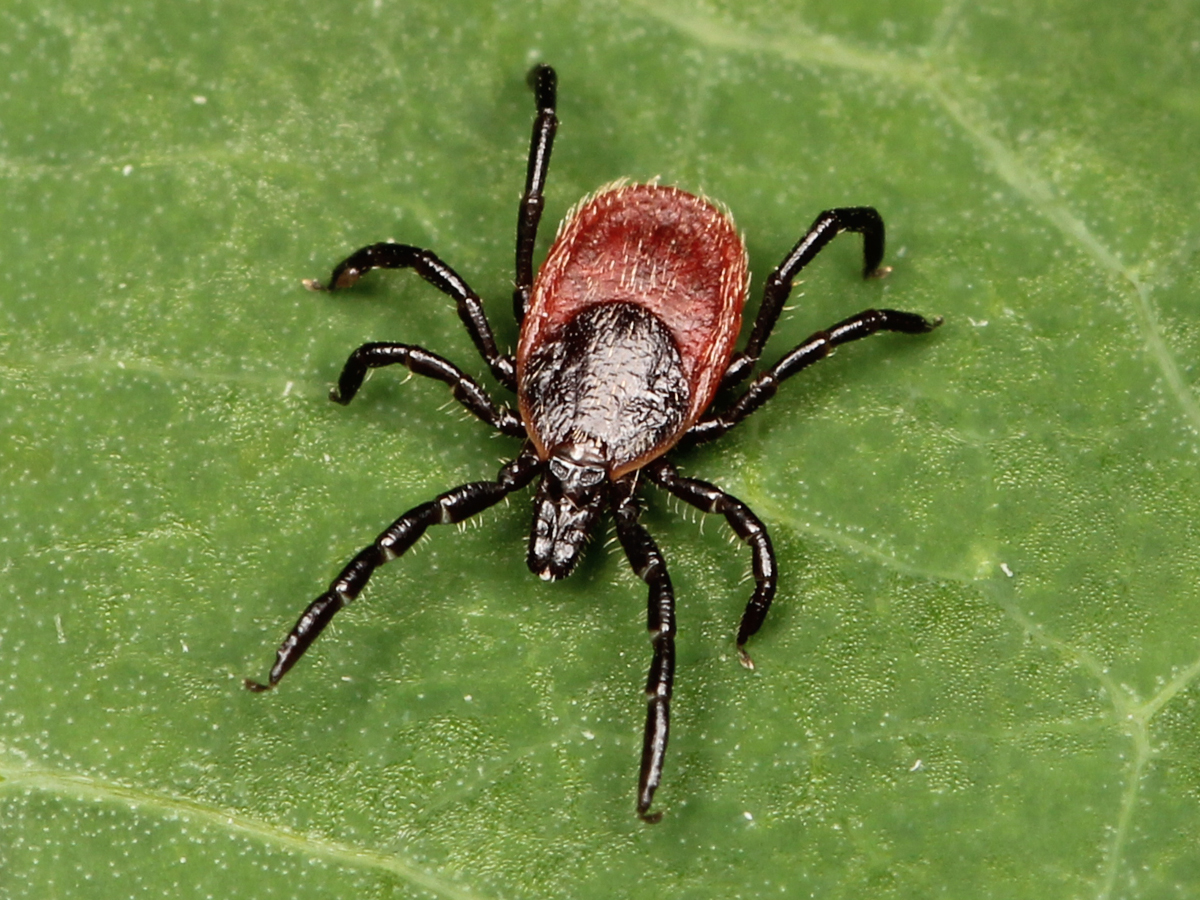Photodynamic treatments for human health and the food supply: Light compounds being developed that will fight microbial infections and cancer
03/21/2018 / By Lance D Johnson

A new field of medical science is emerging from six universities and five partner organizations in Europe. The POLYTHEA project, coordinated at the University of Limoges, aims to train doctorate candidates in the field of photodynamic treatments. Researchers are learning how to develop active light compounds that fight cancer and microbial infections. The new field of study provides applications for enhancing human health and food preservation.
The project investigates tetrapyrrolic photosensitizers (PS). These are molecules excited by light with the capability of inducing cell death. These photo-excitable molecules cause cell death through the formation of oxygen reactive species but are only toxic in the presence of applied light. These molecules are already being used to treat skin diseases, but improvements can be made to boost efficacy. Researchers are seeking to find new ways to target specific cells and utilize excitation pathways. They will investigate their bactericidal effects for the removal of biofilms. The research aims to identify new tetrapyrrolic photosensitizers for development of specific anti-cancer, anti-bacterial and anti-inflammatory properties. Some photo-physical properties could be used to stimulate immune system activity. Others could help preserve food and prevent food-borne illness. (Related: Scientists validate light therapy field of holistic medicine: light therapy can halt pain.)
Lightning bugs’ luminescence can be used to destroy cancer cells
One of the discoveries in this field involves the bioluminescence of the firefly or “lightning bug.” These gentle, flying beetles can be seen in the early summer, lighting up the night with their blinking luminescence. Early clinical tests show that firefly light contains a specific substance that can treat skin cancer and cancers lining internal organs.
That blinking light that so many children chase across the summer countryside is a secret formula for “lighting up” cancer cells and taking them out. Researchers from London have put the firefly light to the test, using it to confront and to eradicate modified cancer cells. In order for the therapy to work, the researchers modified the cancer cells to express the firefly’s specific bioluminescence gene. The cancer cells were then incubated with Luciferin, the substance that makes fireflies glow.
When the Luciferin was applied to modified cancer cells, the cells lit up. As the researchers added a photo-sensitizing agent, the bioluminescence became even more powerful. The cancer cells could no longer survive.
“The light is generated within the tumor cell, so there’s no need for outside penetration,” said study co-author John Hothersall of the Institute of Urology and Nephrology, University College London. The treatment has been named BioLuminescence Activated Destruction of cancer. The bioluminescence activates oxygen reactive species, creating the conditions for the cancer to die off.
“The cells produced enough light to trigger their own death,” said Dr. Theodossis Theodossiou of the National Medical Laser Centre, University College London. Right now the burst of light can effectively be applied to tumors on the surface of the skin or on the lining of internal organs. Dr. Theodossiou also sees the potential for treating more aggressive cancers. “Luciferase could be transferred to primary tumors, and from there it could migrate to cancer cells that spread,” he said.
As researchers move forward with photodynamic treatments, some of the most surprising cancer cures could come from the natural light technology found within lightning bugs. (For more breakthroughs in medicine, visit Medicine.News.)
Sources include:
Tagged Under: advanced medicine, bioluminescence, cancer treatment, Chemistry, discoveries, firefly, future science, light therapy, lightning bugs, luciferin, medical science, photodynamic treatments, photosensitizers




















